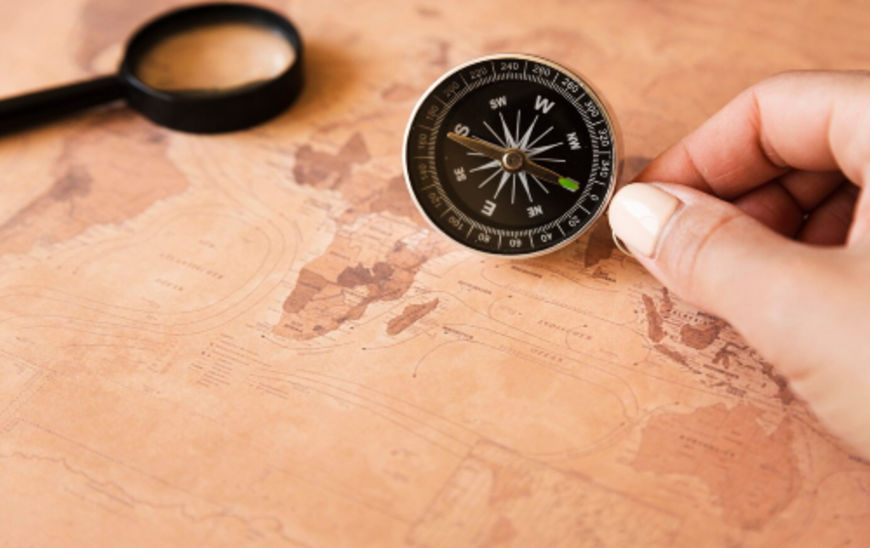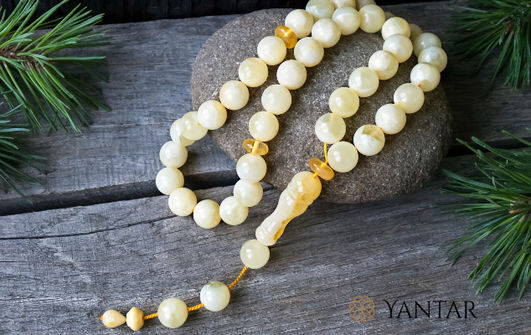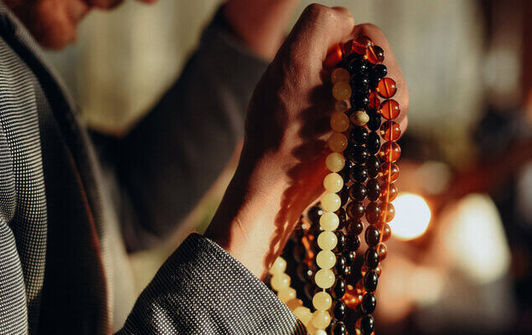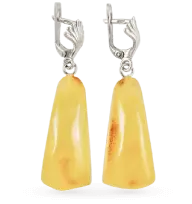
Finding the Qibla direction is a fundamental aspect of daily prayers (Salah) for Muslims around the world. The Qibla is the direction facing the Kaaba in Mecca, Saudi Arabia, and it holds great significance in Islamic tradition. Whether you're at home, traveling, or in a new location, knowing how to accurately find the Qibla direction is essential. This guide will provide you with various methods and tools to ensure you're always facing the right direction during your prayers.
Understanding the Importance of the Qibla
The Qibla, meaning "direction" in Arabic, is not just a geographical orientation; it's a symbol of unity and faith for Muslims worldwide. The Kaaba, located in the Grand Mosque (Masjid al-Haram) in Mecca, is the most sacred site in Islam. Praying towards the Kaaba is an act of submission and connection to the global Muslim community.
Methods to Determine the Qibla Direction
Finding the Qibla direction is essential for Muslims, and there are several methods to determine it, whether using traditional tools, modern technology, or natural phenomena.
Using a Qibla compass is a traditional method that involves a few simple steps. First, you need to find your current location's latitude and longitude. Once you have this information, you can adjust the compass to the specific Qibla angle for your location, known as the Qibla azimuth. This angle can be found online or through a Qibla app. After setting the compass, hold it flat and wait for the needle to settle. You then rotate the compass until the needle points to the correct Qibla angle. The compass will now indicate the Qibla direction, and you can align yourself accordingly during your prayers.
In the digital age, online Qibla finders and mobile apps have made it easier to find the Qibla direction. These tools typically use your device's GPS to determine your location and calculate the Qibla direction. Some popular apps and websites include Muslim Pro, which offers a comprehensive set of features including prayer times, Quran readings, and a Qibla compass. Google offers a Qibla Finder web tool that uses augmented reality to show the Qibla direction. Islamic Finder also provides a variety of Islamic services, including a Qibla direction tool.
For those interested in more traditional methods, astronomical observations can also be used to find the Qibla direction. One such method involves the sun, known as the Solar Qibla Method. At certain times of the year, the sun is directly above the Kaaba. By observing the sun's position at these specific times, one can determine the Qibla direction. However, this method requires specific knowledge of the dates and times when this phenomenon occurs. Another astronomical method is using the North Star, Polaris, in the Northern Hemisphere. Polaris is aligned with the north celestial pole. By locating true north using the North Star, you can then calculate the Qibla direction based on your location's latitude and longitude.
In some regions, particularly where there are established Muslim communities, local landmarks or mosques may be oriented towards the Qibla direction. In such cases, you can ask locals for guidance or look for signs indicating the Qibla. Additionally, traditional maps and modern GPS systems can provide accurate orientation to help you find the correct direction for prayer.
Factors Affecting Qibla Accuracy
While modern technology has made it easier to find the Qibla, several factors can affect accuracy:
- Magnetic Variation: Earth's magnetic field varies in different locations, which can affect compass readings. Ensure your compass is properly calibrated.
- Building Structures: In urban areas, buildings and structures can interfere with GPS signals and compass accuracy. If possible, find an open space to determine the Qibla direction.
- Device Calibration: Regularly calibrate your digital devices and apps to ensure they provide accurate readings.
Practical Tips for Finding the Qibla
-
Double-Check Sources: Use multiple methods or sources to verify the Qibla direction, especially if you're in a new or unfamiliar location.
-
Stay Informed: Keep your Qibla-finding tools updated and ensure they account for any recent changes or anomalies.
-
Community Resources: Local mosques, Islamic centers, and community leaders can often provide reliable Qibla information and assistance.
The Role of the Misbaha in Islamic Practice
While finding the Qibla direction is crucial for prayer, another important aspect of Islamic spiritual practice is the use of the misbaha, also known as prayer beads or tasbih. The misbaha is typically composed of 33, 66, or 99 beads, corresponding to the different names and attributes of Allah. These beads are used to count recitations of prayers, particularly during dhikr, the remembrance of Allah. Although the misbaha is not directly related to finding the Qibla, it plays a significant role in helping Muslims maintain focus and mindfulness during prayer. The use of the misbaha can enhance the spiritual experience, aiding believers in maintaining a rhythm and concentration as they recite specific prayers.
Finding the Qibla direction is a crucial practice for Muslims, connecting them spiritually to the Kaaba and the global Muslim community. With a variety of methods available, from traditional compasses to modern apps, it's easier than ever to ensure you're facing the correct direction during your prayers. Whether you're at home, traveling, or in a new place, this guide has equipped you with the knowledge and tools to find the Qibla direction accurately and confidently.
This comprehensive guide should help Muslims worldwide confidently find the Qibla direction and strengthen their connection to their faith and community.




 Jewelry
Jewelry Silver amber jewelry
Silver amber jewelry Amber pictures
Amber pictures Souvenirs
Souvenirs